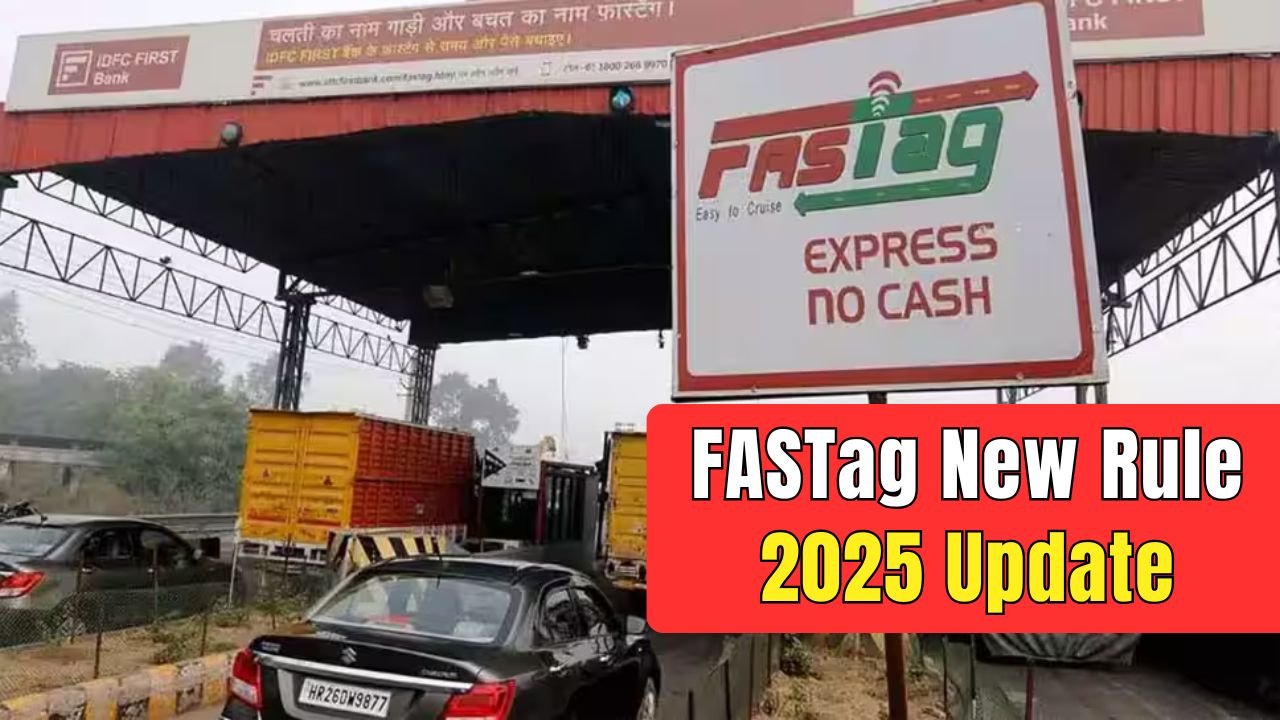FASTag will be discontinued on March 1, 2025. The system will be substituted and is expected to be more efficient, less congested, and add convenience to the commuter’s life. Moreover, it intends to modernize India’s toll collection process by doing away with all the drawbacks associated with the existing FASTag system.
Why Is FASTag Being Phased Out?
The implementation of the FASTag system was done with the aim of enabling seamless toll payment through RFID technology, and it has become digitalized on highways across the country. However, over a while, a few challenges/limitations have emerged, leading to its replacement. Technical complaints concerning incorrect deductions, scanning problems with tags, and delays in payment processes have been quite common among users.
Instances of fraud like counterfeit FASTags and dishonestly made transactions have also been on the rise. Furthermore, the tolls meant to cut delays in time all experience heavy traffic, as the cars wait for insufficient balance, scanner failure, and manually resolved issues. Technologically advanced, the government is now planning to establish a more efficient and safe collection method of tolls.
What is the New Toll Collection System?
Although official communication from the government is scanty, the new system is stated to depend largely on Automatic Number Plate Recognition (ANPR) and GPS-based tolling technology.
High-speed cameras will scan vehicle registration numbers for Automatic Number Plate Recognition (ANPR) as the toll will be automatically cut down from the linked bank account or digital wallet so that no additional tags or stickers need to be used.
The vehicles will be charged according to the distance they travel on toll roads, not at fixed toll plazas. Payments will be automatically processed by a centralized system, meaning there is little or no need for a toll booth. This prizing method assures a more equitable pricing scheme because users now pay for the distance they travel along the highways.
How Will This Change Affect Commuters?
The new system would, in a very big way, enhance the experience of toll payment. Instead of costing time, it would allow for swift processing of tolls without the need for vehicles to stop or slow down to scan the tag. There will be fewer opportunities for fraud and errors because, for instance, tag cloning and incorrect deductions will not be considered.
Vehicle owners will no longer worry about recharging FASTags or having separate wallets, thus making it very convenient. The pay-per-use tolling system will also ensure equitable prices since only distance will be charged for users.
But some challenges have to be overcome like ensuring proper registration of the vehicles, failure to develop the system into a technically error-free one, and integration into the existing infrastructure before it can be fully implemented.
What Should Vehicle Owners Do?
Vehicle owners have to be updated on the official announcements regarding the whole process of transition at this point. They must make sure that their vehicle registration information is accurate and pointed toward a paid payment method. It will also be best to familiarize themselves with the workings of the new system before it is implemented to avoid confusion when it goes live.
The discontinuation of FASTag, in fact, marks a major change in the toll collection process in India. With ANPR and GPS-based tolling, the government aims to make a seamless transition into an efficient and fraud-free experience in toll payments. It will, however, take time to complete the transition, but it will promise to smooth the road travel for millions of motorists in the country.
